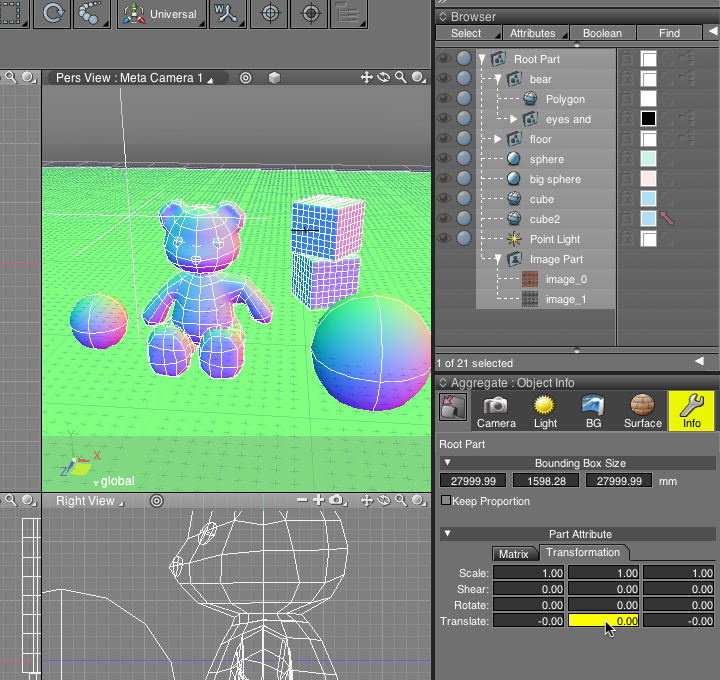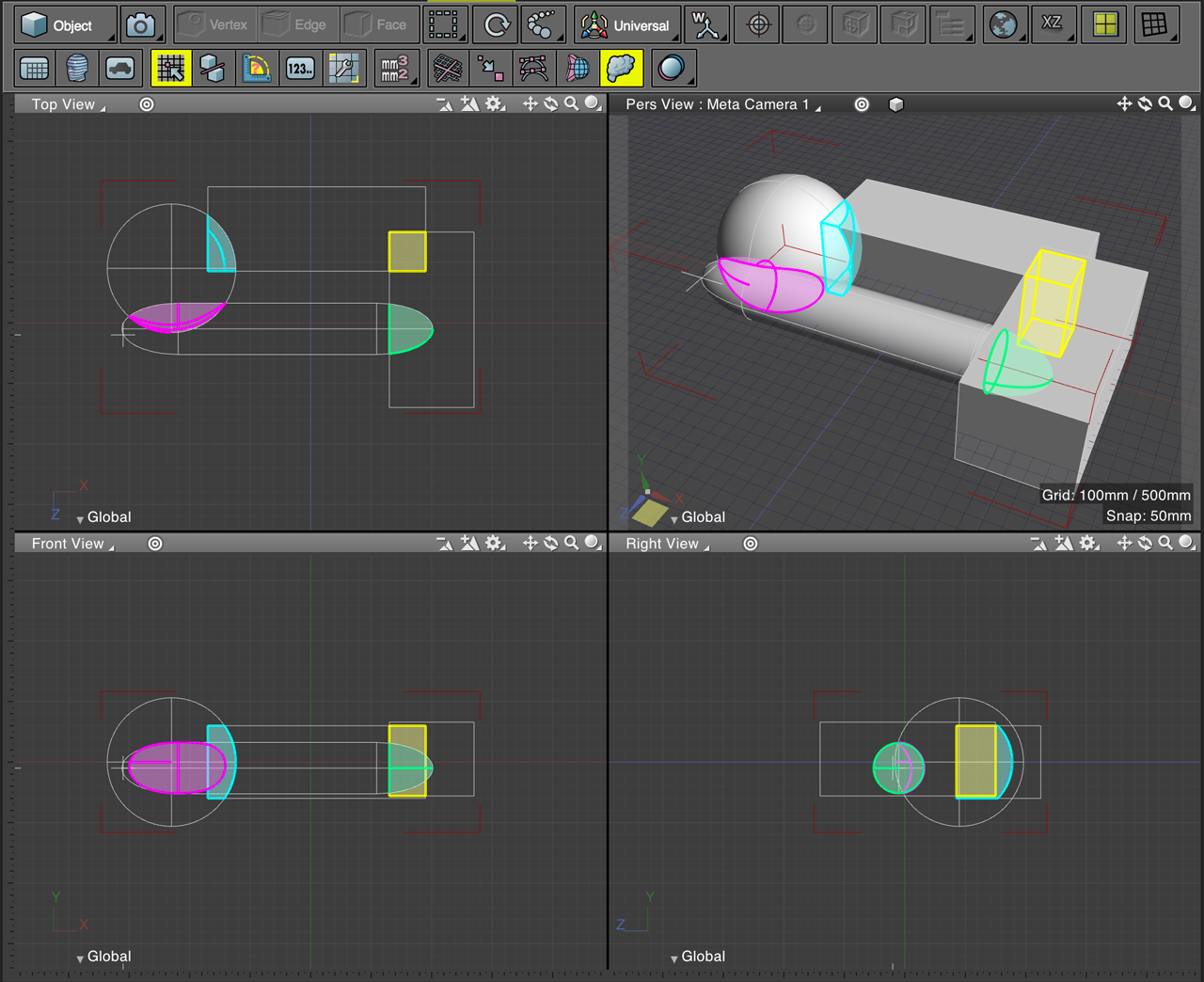
Scene Editing Mode: Create Points Line Renderer in Create Points Scene Editing Mode

Pressing this button inserts a new point between the selected adjacent points. This button is enabled when you select two or more adjacent points. When enabled, Unity draws a wireframe in the Scene view that visualizes the line. You can move the individual points using the Move tool. When the Scene Editing Mode is set to Edit Points, Unity represents each point in the Line Renderer’s Positions array as a yellow sphere in the Scene view. Scene Editing Mode: Edit Points Line Renderer in Edit Points Scene Editing Mode The simplification operation uses the Ramer-Douglas-Peucker algorithm to reduce the number of points, based on the Tolerance value. Higher positive values result in more deviation from the original line, and therefore more simplification.Ĭlick Simplify to reduce the number of elements in the Line Renderer’s Positions array. Set the amount by which the simplified line can deviate from the original line.Ī value of 0 results in no deviation, and therefore little or no simplification. The following controls are visible in the Inspector: ControlĮnable Simplify Preview to see a preview of the results of the simplification operation. When no Scene Editing Mode is selected, you can configure and perform a simplification operation that removes unnecessary points from the Positions array. Scene Editing Mode: None Line Renderer Simplify controls Click it again to set the Scene Editing Mode to None. Click it again to set the Scene Editing Mode to None.Ĭlick the Create Points button to set the Scene Editing Mode to Create Points. Use the Edit Points and Create Points buttons at the top of the Inspector to set the current Scene Editing Mode.Ĭlick the Edit Points button to set the Scene Editing Mode to Edit Points. Setting the Scene Editing Mode Line Renderer Edit Points and Create Points buttons There are three Scene Editing Modes: None, Edit Points, and Create Points. More info See in Glossary and the Inspector to edit the Line Renderer in different ways. You use the Scene View to select and position scenery, characters, cameras, lights, and all other types of Game Object. Different Scene Editing Modes enable you to use the Scene view An interactive view into the world you are creating.

In each Scene, you place your environments, obstacles, and decorations, essentially designing and building your game in pieces. Think of each unique Scene file as a unique level. You can use the Line Renderer’s Inspector to change the Scene A Scene contains the environments and menus of your game. See Creating and using Materials for more information. More info See in Glossary for the new Material, Unity’s built-in Standard Particle Shaders work well with Line Renderers. If you do not want to write your own Shader A program that runs on the GPU. You can make many changes to the appearance of the line without changing this Material, such as editing the color gradient or width of the line.įor other effects, such as applying a texture to the line, you will need to use a different Material.


Add points to the Line Renderer’s Positions array, either by directly setting array values in the Inspector A Unity window that displays information about the currently selected GameObject, asset or project settings, allowing you to inspect and edit the values.In the Unity menu bar, go to GameObject > Effects > Line.The Line Renderer uses the same algorithm for line rendering as the Trail Renderer A visual effect that lets you to make trails behind GameObjects in the Scene as they move. It renders polygons that have a width in world units. Pixel lighting is calculated at every screen pixel. Pixel size depends on your screen resolution. The Line Renderer does not render lines that have a width in pixels The smallest unit in a computer image. More info See in Glossary, each with its own Line Renderer. A GameObject’s functionality is defined by the Components attached to it. The line is always continuous if you need to draw two or more completely separate lines, you should use multiple GameObjects The fundamental object in Unity scenes, which can represent characters, props, scenery, cameras, waypoints, and more. You can use a Line Renderer to draw anything from a simple straight line to a complex spiral. The Line Renderer component takes an array of two or more points in 3D space, and draws a straight line between each one.


 0 kommentar(er)
0 kommentar(er)
